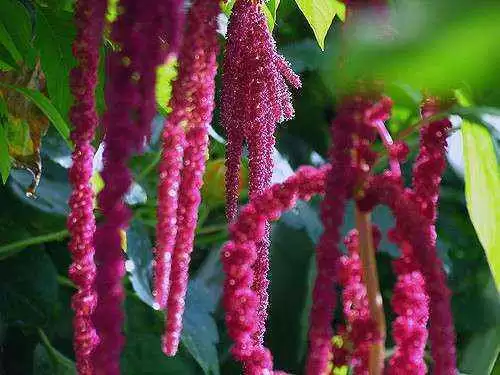
Celiac.com 06/28/2016 - My latest obsession is creating new quinoa recipes, since my eight year old daughter absolutely loves it! Her favorite is warm quinoa with crumbled turkey sausage, broccoli, and lots of cumin. She also loves it with oil and balsamic vinegar. I like it cold with chopped veggies, garlic, and fresh squeezed lemon juice. Just a few weeks ago I tried amaranth for the first time. It seems to be the new craze these days. It cooked up very similarly to quinoa, and had a similar taste and texture. I would say the only noticeable difference is that amaranth does not get as fluffy when cooked. It seems like it would be great in soup! Now for a little history.
Amaranth is estimated to have been domesticated between 6,000 and 8,000 years ago, and was a staple food crop of the Aztec's. The common name, amaranth, represents over sixty different plant species called amaranthus.(1) The amaranth plant is a full, broad leafed plant that has vibrant colors. Amaranth's name comes from the Greek name, amarantos, meaning "one that does not fade." This is due to the plant retaining its vibrant colors even after harvesting and drying. The amaranth plant can contain up to 60,000 seeds.
Celiac.com Sponsor (A12):
Amaranth is gluten-free and it contains about thirty percent more protein than rice, sorghum, and rye.(2) Amaranth flour can be made from the seeds and is a excellent replacement for those suffering from celiac disease or gluten sensitivity.
Amaranth flour has a unique chemical composition with a predominance of albumins and globulins and a very small prolamins content with total absence of alpha-gliadin. This makes it very comparable to wheat protein(2). It also has a relatively high content of calcium, iron, potassium, magnesium, and fiber and an almost perfect amino acid profile. It's particularly high in lysine, which is abundantly lacking in wheat and corn.(3)
Another benefit of amaranth is that it is a natural source of folic acid, and in some countries, amaranth is used alleviate birth defects. Amaranth is not a true grain, as it does not come from the Poaceae family, but is considered a pseudo-cereal like it's relative quinoa. Both amaranth and quinoa belong to a large family that also includes beets, chard and spinach.(3)
Quinoa is a broad-leafed plant that produces a small seed. It's a member of the Goosefoot family that is native to South America.(4) Quinoa is considered a complete protein that contains all nine of the essential amino acids necessary to human physiology, and it is the only plant-based source for these nutrients.(5) Quinoa cooks up like a grain, but it is actually a seed, and is an excellent source of protein for vegans and people following a gluten-free diet. According to the American Journal of Gastroenterology, it is also safe for celiac patients.(6)
Like amaranth, quinoa can be ground into a flour and used in cooking or baking. Quinoa is rich in manganese which is vital to activating enzymes crucial to metabolizing carbohydrates and cholesterol. It is also essential to bone development. Quinoa is rich in lysine, an essential amino acid, and helps with the absorption of calcium and the production of collagen and is low on the glycemic index.(5)
Both amaranth and quinoa are great gluten-free options, both as a flour or grain substitute, and have a nutty taste and texture. They readily absorb the flavors they are cooked with, but are also tasty on their own. They can be made hot or cold, combined with other foods, added to soups or baked goods, and made into hot porridge or cereal. They are both versatile, easy to work with, and have a high nutritional content. If you're looking for an easy, healthy, gluten-free option, why not try amaranth or quinoa? It's a staple in our home!
References:
- Open Original Shared Link
- Vopr Pitan. 2014;83(1):67-73., Amaranth flour: characteristics, comparative analysis, application possibilities.
- Howard, B. C. (August 12, 2013), Amaranth, Another Ancient Wonder Food, But Who Will Eat It?, Retrieved from Open Original Shared Link.
- Laux, M. (June 2012). Iowa State University. Agricultural Marketing Resource Center. Retrieved from Open Original Shared Link.
- Norek, Danna. (June 15, 2010), Quinoa Gives the Perfect Protein Source to Vegetarians and Vegans. Retrieved from Open Original Shared Link.
- Victor F Zevallos PhD1, L Irene Herencia PhD2, Fuju Chang MD, PhD3, Suzanne Donnelly PhD1, H Julia Ellis PhD1 and Paul J Ciclitira MD, PhD1 (January 21, 2-14). Gastrointestinal Effects of Eating Quinoa (Chenopodium quinoa Willd.) in Celiac Patients. Am J Gastroenterol 2014; 109:270–278.


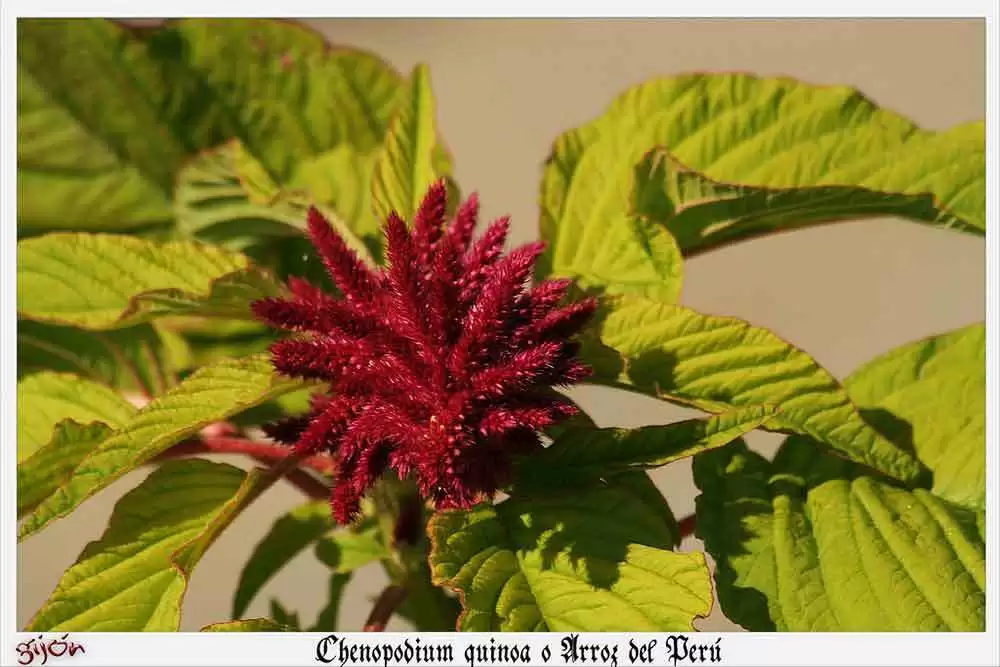


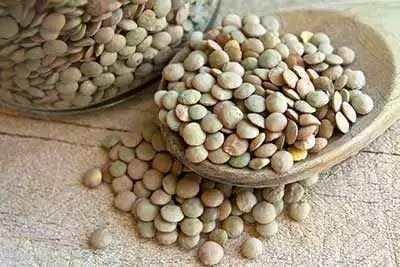

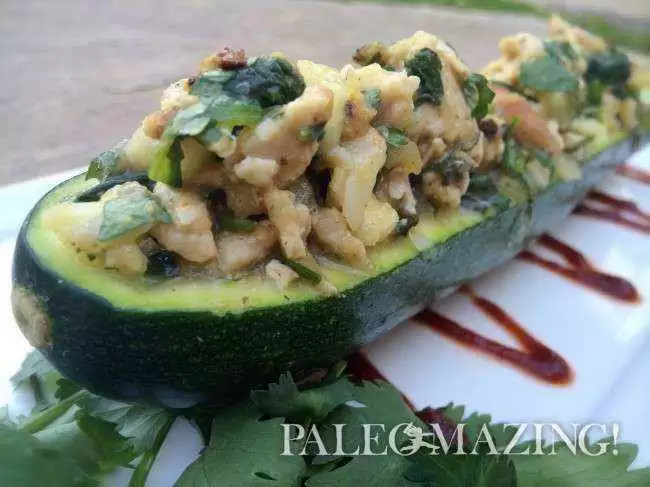
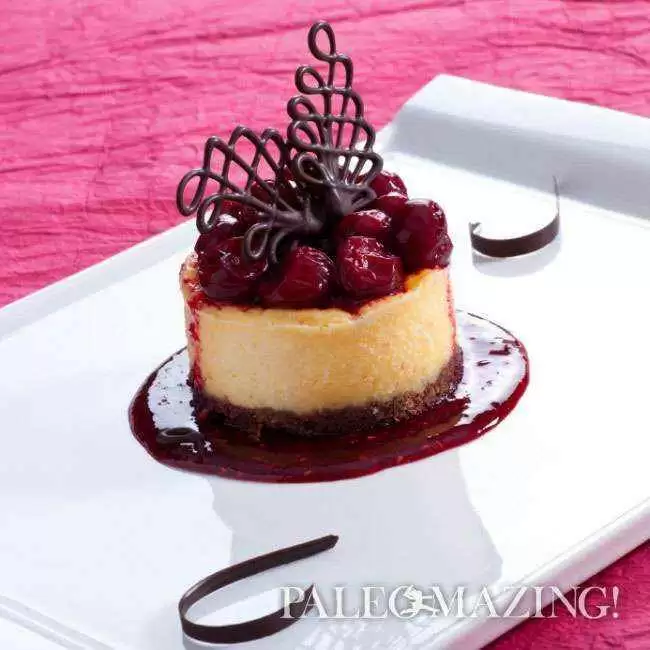
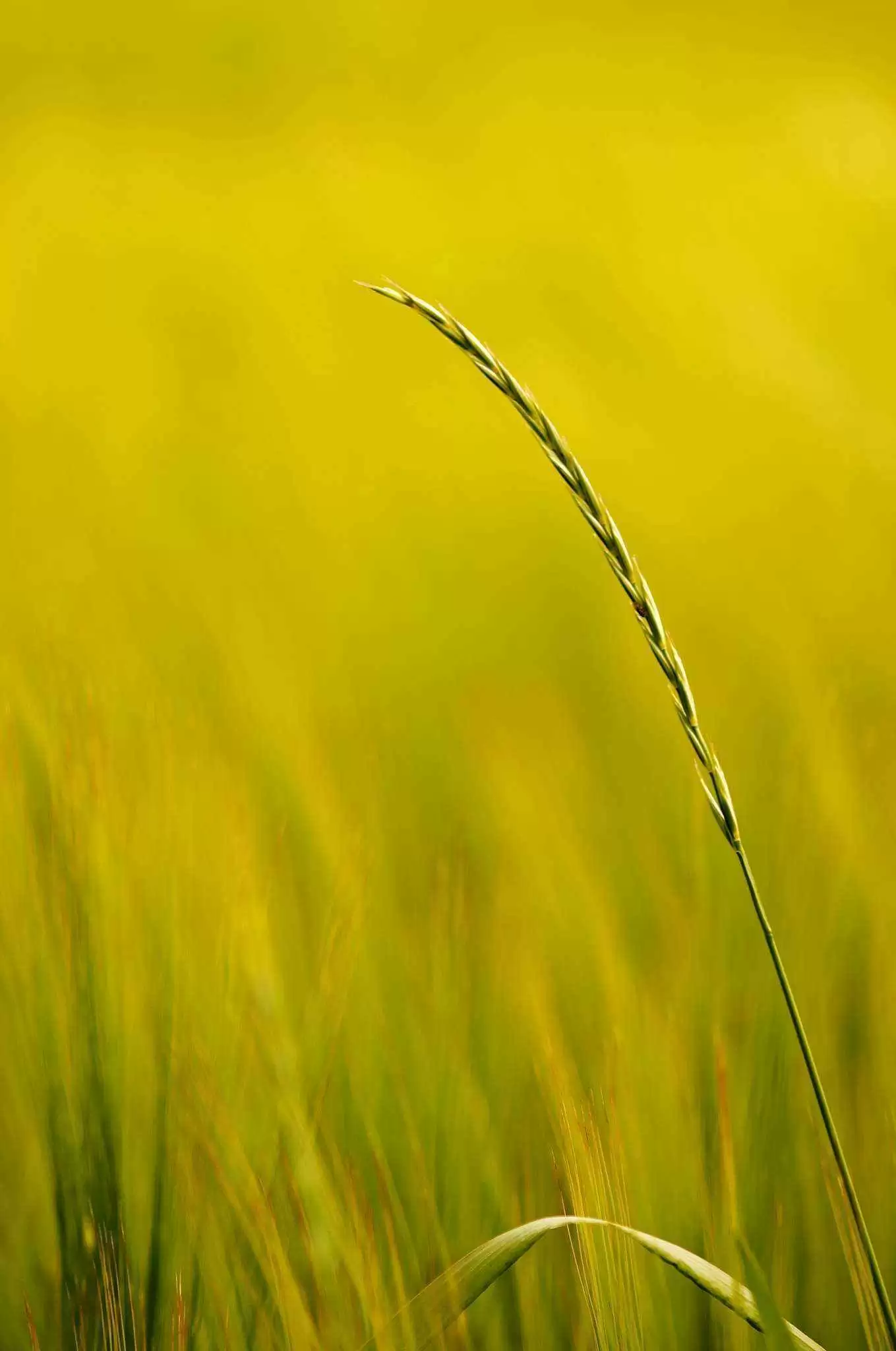
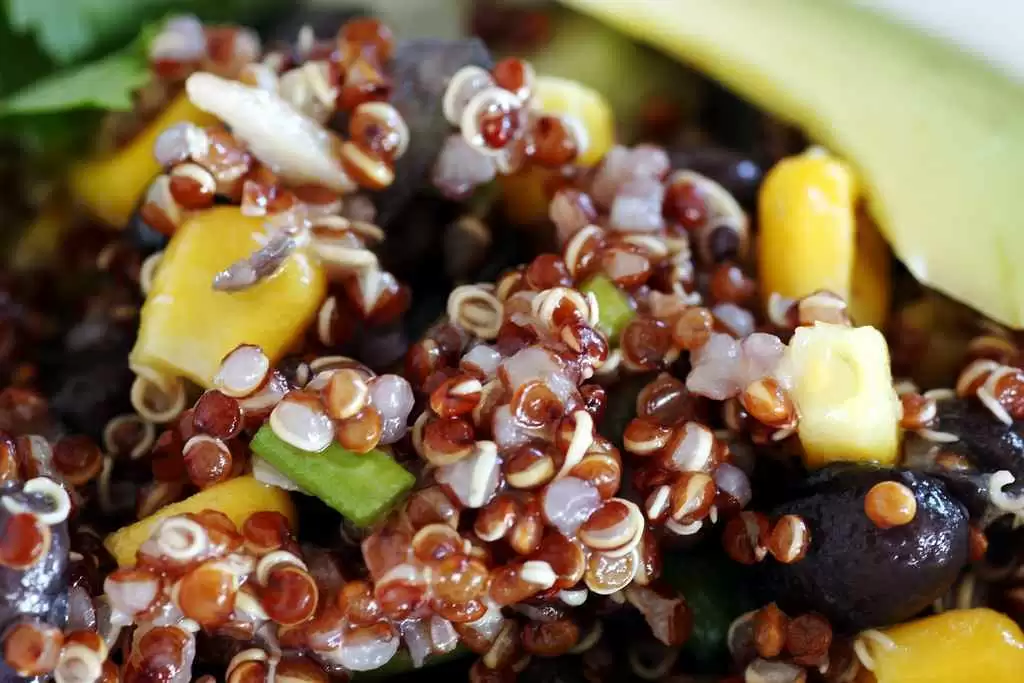
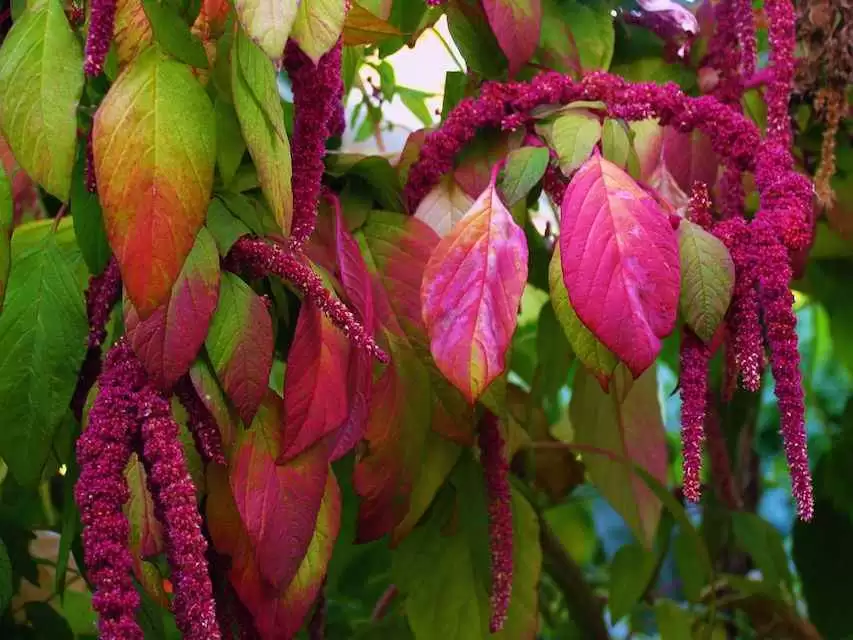



Recommended Comments
There are no comments to display.